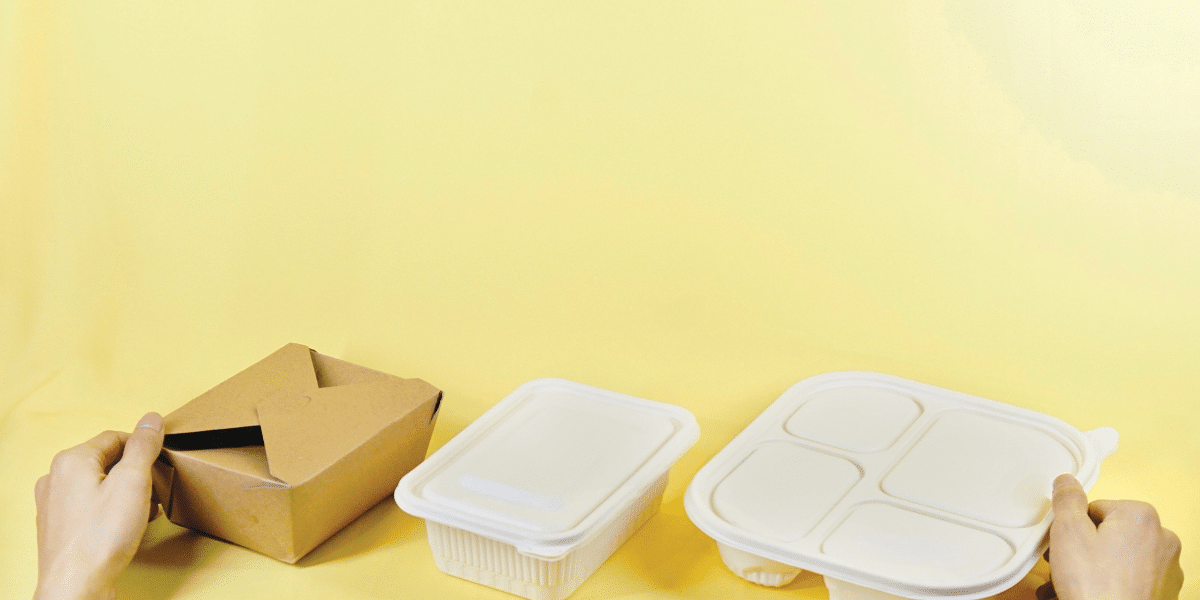Image Commercially Licensed: Unsplash
Naturally, our collective responsibility as consumers is to make more responsible decisions. We must consider the resources we utilize and their effects on the global community. However, companies that cater to such customers have the greatest opportunity to set the standard and change the world. In light of this, it may be time for all companies who ship to clients worldwide to reconsider their packaging and explore switching to more sustainable and environmentally friendly options.
What is the process for initiating sustainable packaging In global logistics?
Let’s look at how you may begin incorporating sustainable logistical procedures into your business plan since we indicated that starting using sustainable logistics might be difficult and intimidating. Ensuring the efficiency of the logistics company in Dubai is a crucial first step. This may be accomplished by delivering your goods to their destination using various transportation methods. For instance, you may make your trip more efficient by combining road freight with inland transportation services like train freighter or water transport. By avoiding traffic and emitting less greenhouse gases, these transport options can help to transport your goods from point A to point B more quickly and effectively.
Comprehending Eco-Friendly Packaging
Sustainable packaging is defined as developing, manufacturing, and applying materials and technology for packaging that reduce environmental impact throughout its lifespan. Some sustainable packaging concepts include using reusable and recyclable materials, conserving resources, optimizing package design for material efficiency, encouraging recycling and reuse, reducing garbage generation, and cutting carbon emissions. In the end, it promotes a circular economy.
What distinguishes sustainable packaging from eco-friendly packaging?
The word “eco-friendly” refers to any packaging that is, for whatever reason, seen as beneficial for the environment. This may be a result of the material used to make it. However, it can also be the case that it uses less raw materials initially, is recyclable or reusable, or its production method uses less energy. Contrarily, sustainable packaging is composed of biodegradable, compostable, or renewable materials. Some plastics, like PET or HDPE, may be recycled and are consequently seen as environmentally beneficial.
Diminished Effect on the Environment
Sustainable packaging decomposes faster and produces less carbon dioxide. Moreover, it lessens the need for raw materials, lowering greenhouse gas emissions throughout manufacturing.
Enhanced Image of the Brand
Businesses that employ environmentally friendly packaging demonstrate their commitment to protecting the environment and improving their reputation among customers.
Cost-effective Acquisition
Green packaging is getting more competitively priced and cheaper than traditional materials due to increased demand and innovation.
Respect for Regulations
Businesses may ensure they comply with the ever-increasing environmental requirements and standards by utilizing sustainable packaging.
Packaging Innovation and Customisation
Consumers can be more informed concerning product quality & use-by dates by having thermometers and other environmental sensors on the packaging that can respond to conditions and other circumstances. RFID technology and other scannable elements are examples of interactive packaging that might offer more information, such as recipes or related items or components.
Packaging’s effects on the environment
It annoys everyone to get packages with the item inside a box far too big and the space filled with padding. It is evident that excessive packing wastes resources. Additionally, a single cargo has historically required the use of many types of materials, such as tape, boxes made from cardboard, styrofoam cushioning, and bubble wrap, regardless of whether the packing is the right size. A significant portion of these packing materials are made of plastic. 36% of all plastics manufactured are utilized in packaging, according to estimates by the United Nations Environment Programme 3.
Prospects & Forecasts for Sustainable Packaging in the Future
The demand from consumers for eco-friendly options and the startling increase in environmental deterioration indicate that sustainable packaging has a bright future. Creating more effective and economical materials will continue to be fueled by cutting-edge technology and creative ideas. Long-term benefits await freight forwarding companies who embrace this trend and harmonize their environmental impact initiatives.
Your Top National e-Commerce Distributor Is Dubai Cargo Services.
Understanding how e-commerce distribution affects the environment, Dubai Logistics has decided to look into more environmentally friendly packaging solutions and integrate eco-friendly freight into its supply chain. Dubai Logistics is a shining example for other companies, constantly working to lessen harmful environmental effects and satisfy the market’s appetite for green choices.
Published by: Nelly Chavez

















